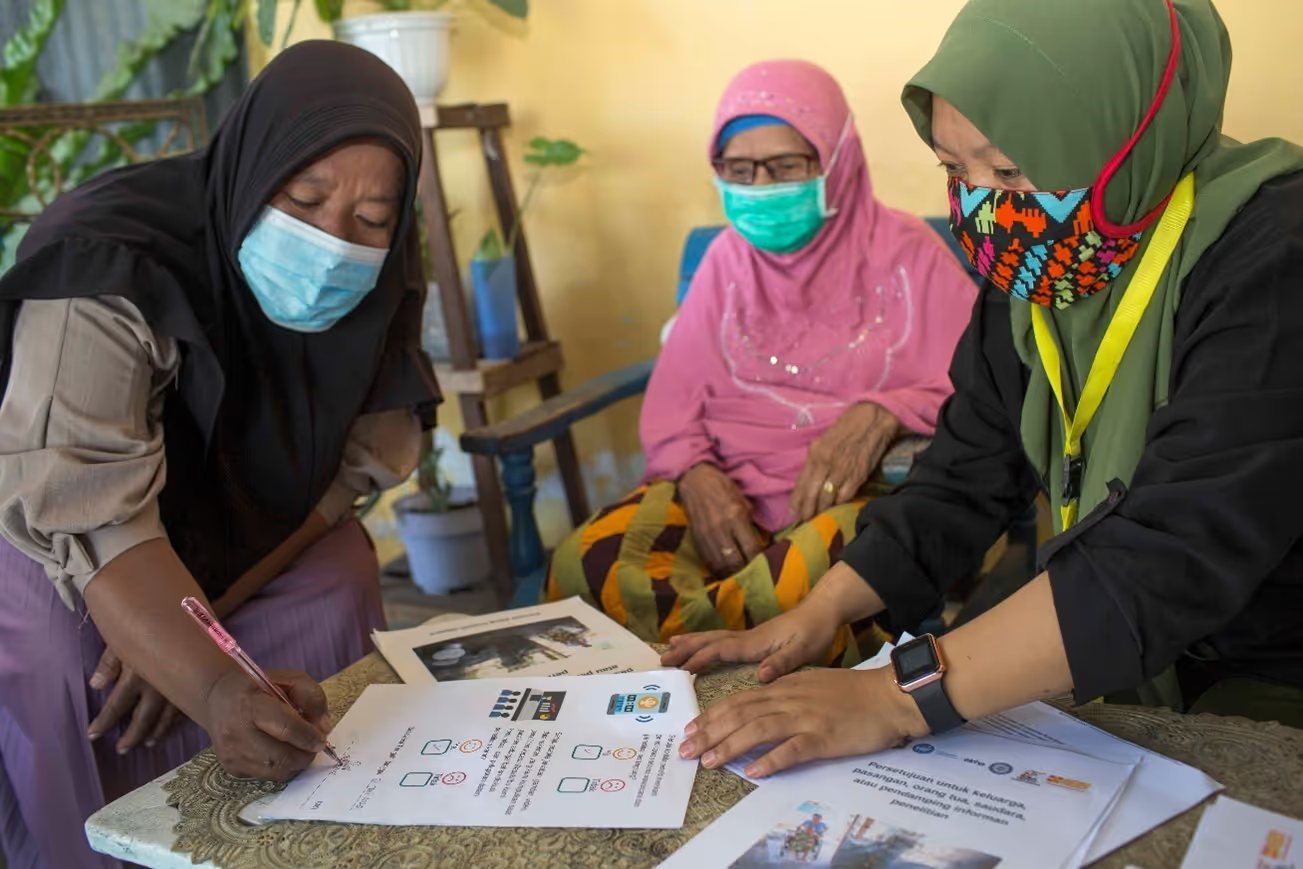Humanitarian Disability Needs Estimation and Screening Tool (HD-NEST)

Project overview
The Humanitarian Disability Needs Estimation and Screening Tool (HD-NEST) is a rapid screening tool designed to identify individuals with high support needs during the early stages of humanitarian response.
Project solution
This project offers [specific solution or intervention] to tackle [challenge]. By implementing [strategies, tools, or innovations], the project aims to achieve [desired outcomes]. The approach is designed to [specific actions or methods] to bring about meaningful change in [community, region, or issue area].
Expected outcomes
This project aims to achieve [specific outcomes], such as [measurable results, improvements, or changes]. The expected impact includes [benefits to the target community, advancements in research or innovation, or long-term effects]. By the end of the project, we anticipate [specific changes or milestones] that will contribute to [broader goals or objectives].
What is the humanitarian need?
Blanket approaches to humanitarian response exclude those most marginalised and most at-risk. This can amplify risk, insecurity, and harm for people with disability and hinder recovery.
Available data collection tools to guide the inclusion of people with disability in humanitarian action can be complicated and resource intensive to use. Further, the information obtained is not always immediately actionable in a high pressure response setting.
What approach was taken to build evidence?
Potential items for inclusion in the tool were identified through a review of existing tools and consultations with humanitarian actors and people with disability. Shortlisted question items were then translated using team translation and underwent cognitive testing.
A final short list of 6 question items was tested in Indonesia (rural) and Philippines (urban) with community leaders, household heads and identified people with disability. Respondents were also asked the Washington Group Short Set of Queston on Functioning and supplementary questions.
Analysis explored performance by comparison against the Washington Group Question results at the ‘some difficulty’ and ‘a lot of difficulty’ cut offs.
What progress was achieved and what were the key learnings?
Potential questions were tested with 526 respondents.
Except for a question on medication (excluded) all questions were understood.
Proxy respondents tended to underestimate communication and cognitive difficulties and overestimate difficulties in collecting ‘relief goods’.
Three question items were selected:
- Reliance on someone else to do day-to-day activities
- Use of assistive products
- Need information in alternative formats
These three questions identified approximately 90% of people with severe difficulties compared to the ‘a lot of difficulty’ cut off.
Future potencial and lessons for innovation
HD-NEST has strong potential to be adapted for use in rapid assessments in other countries and humanitarian contexts.
Development of HD-NEST confirmed the need and demand for tailored disability data collection tools for use in humanitarian response and the importance of increasing the number of tools in our disability data toolboxes.
Project delivery & updates
Stay up to date with the latest developments from this project. Here, you will find details on what has been delivered, resources created, and regular updates as the project progresses. Access key documents, reports, and other materials to see how the project is making an impact.
Resources
Guidance
LEARN MORE